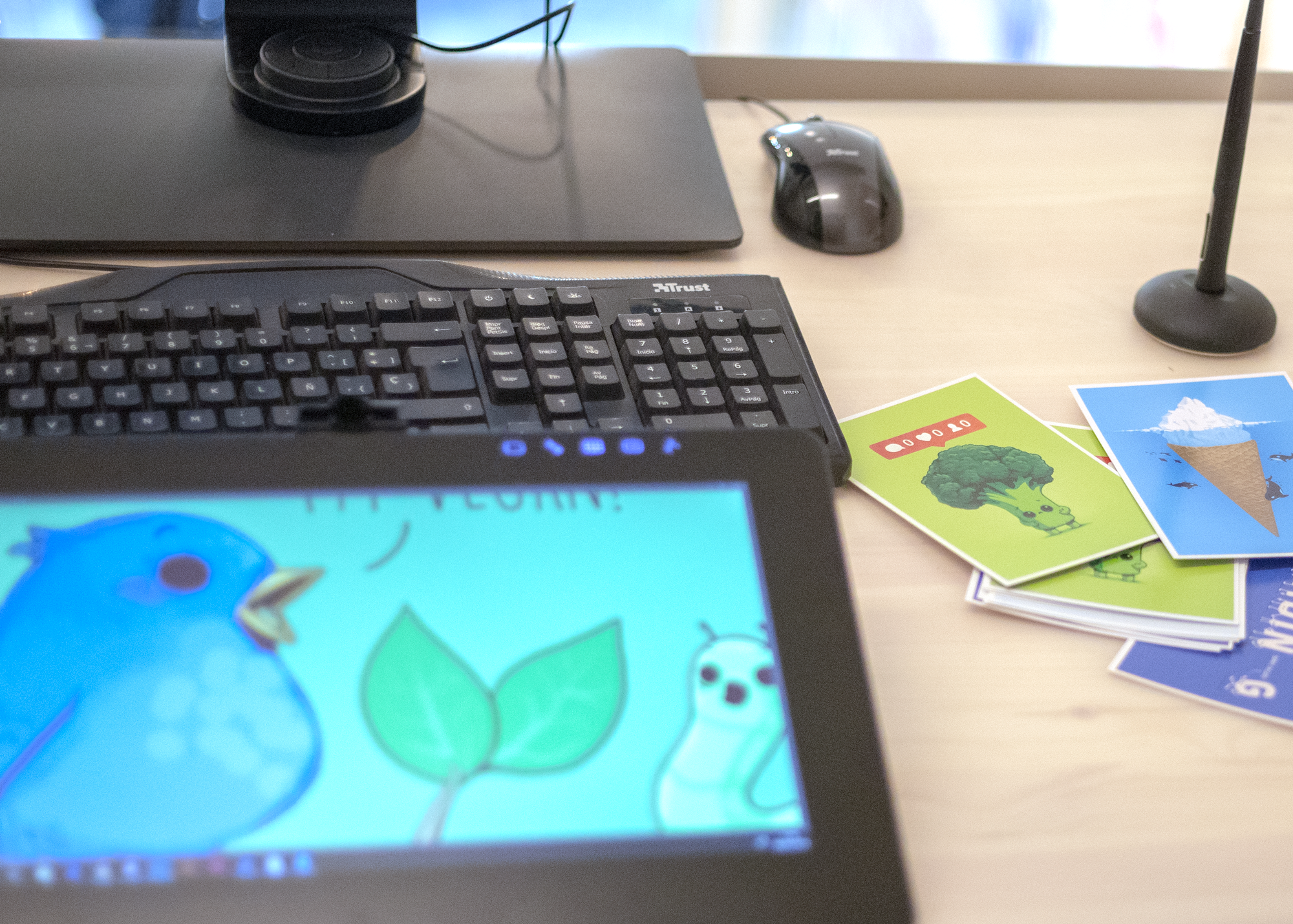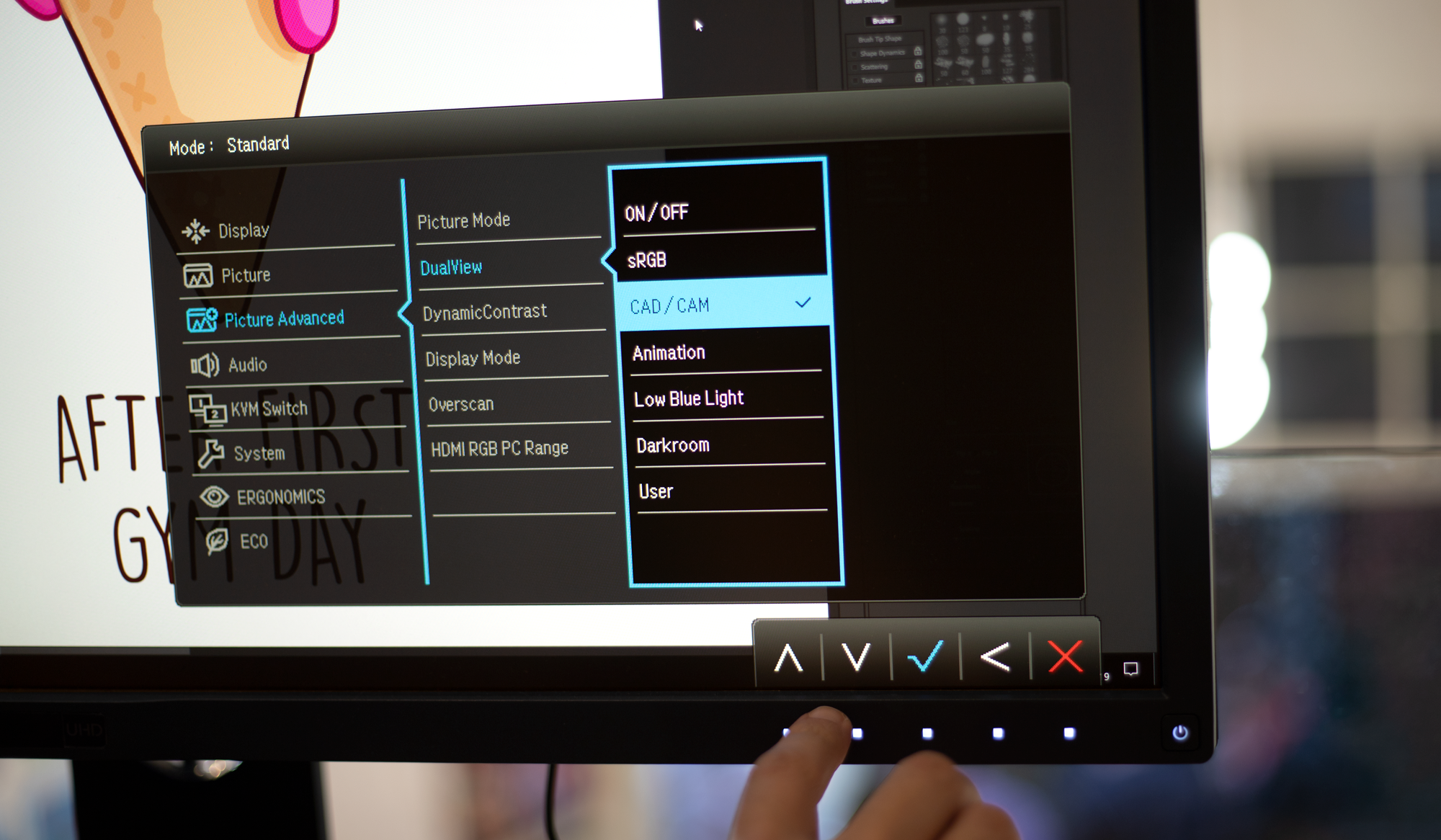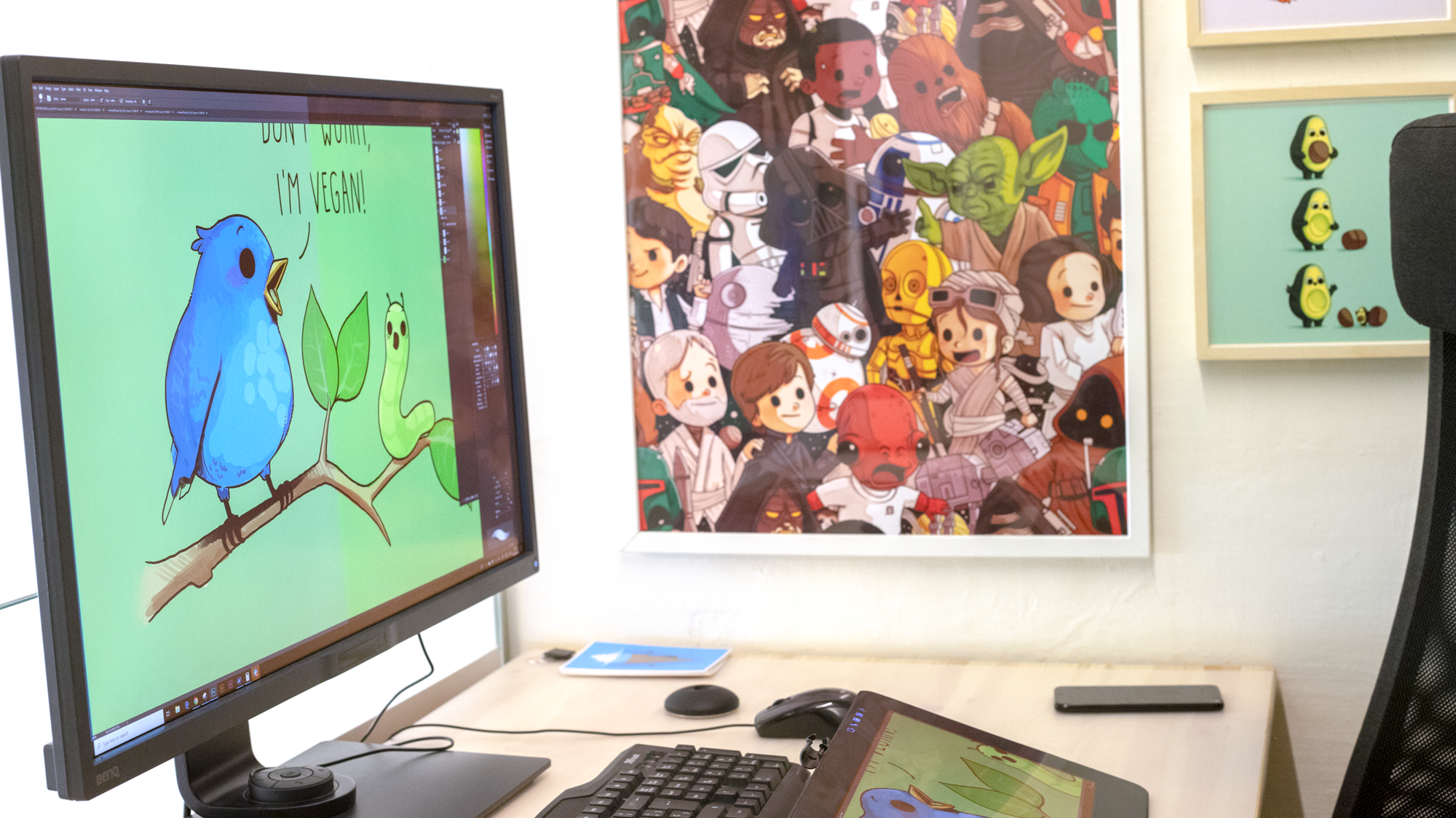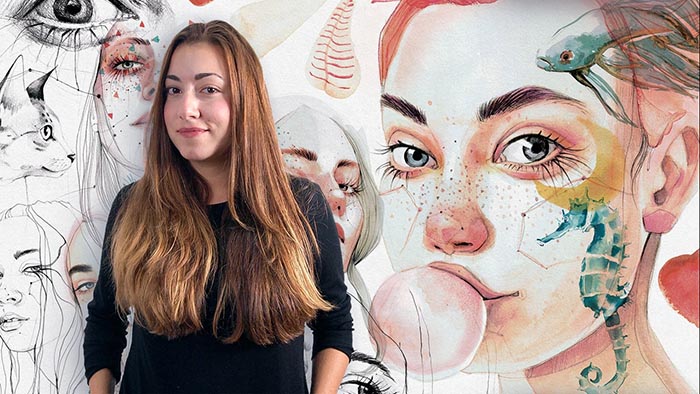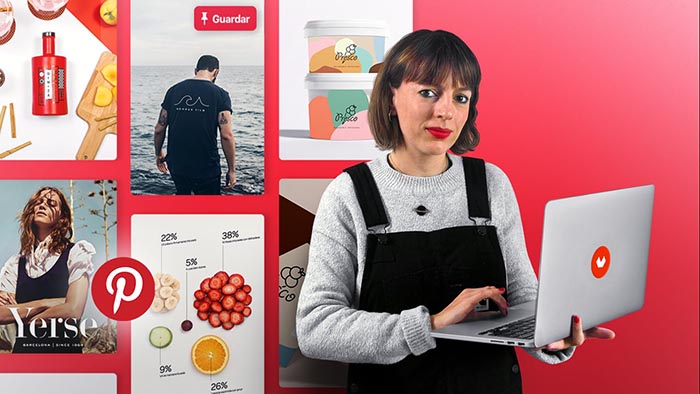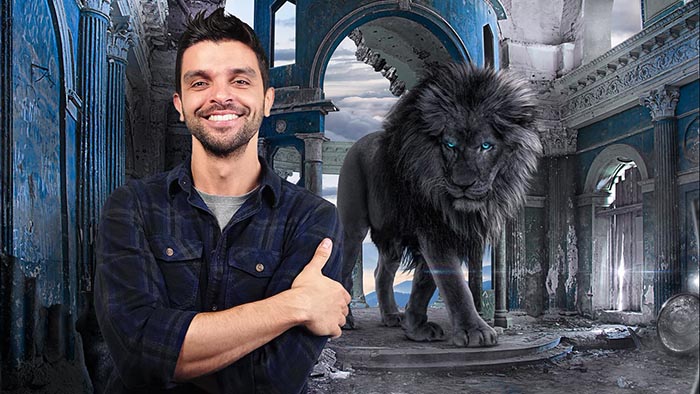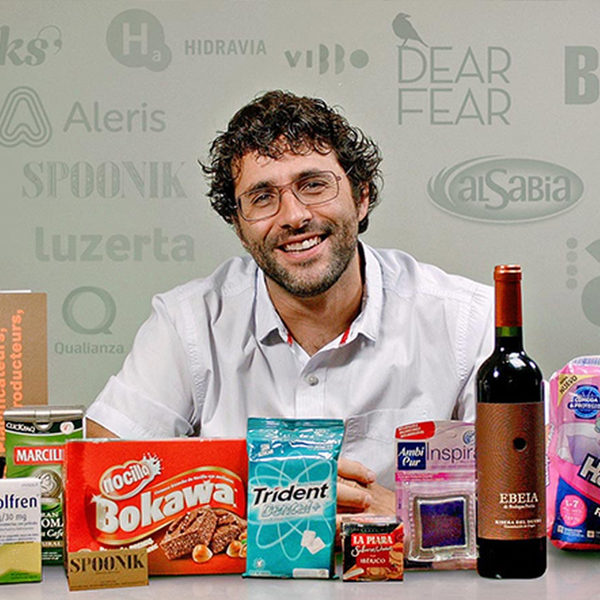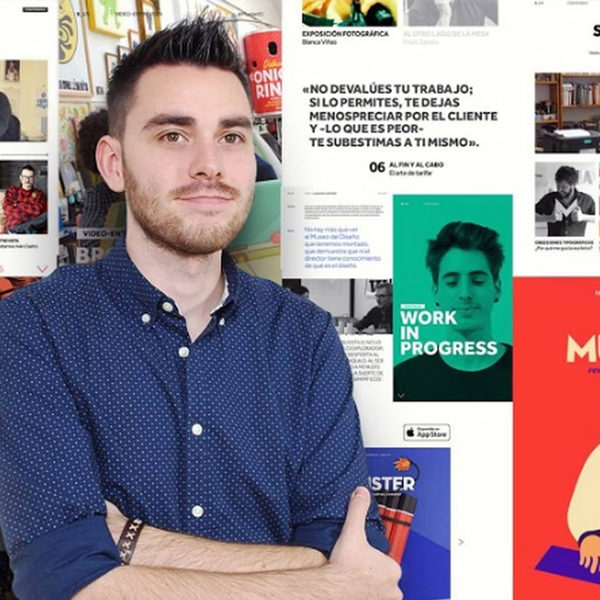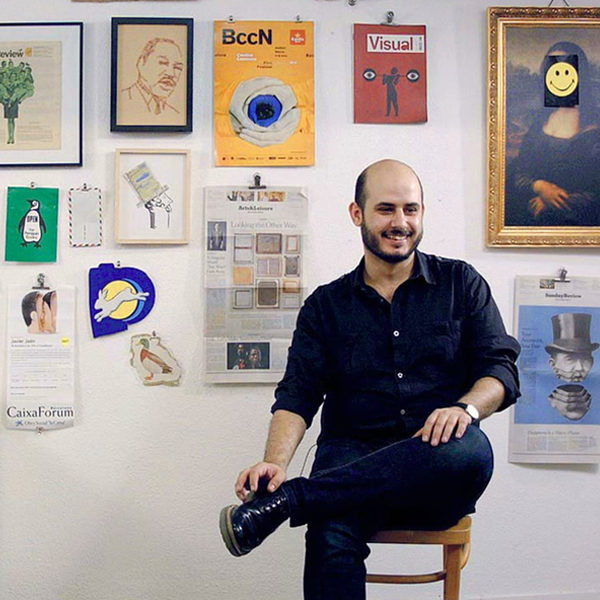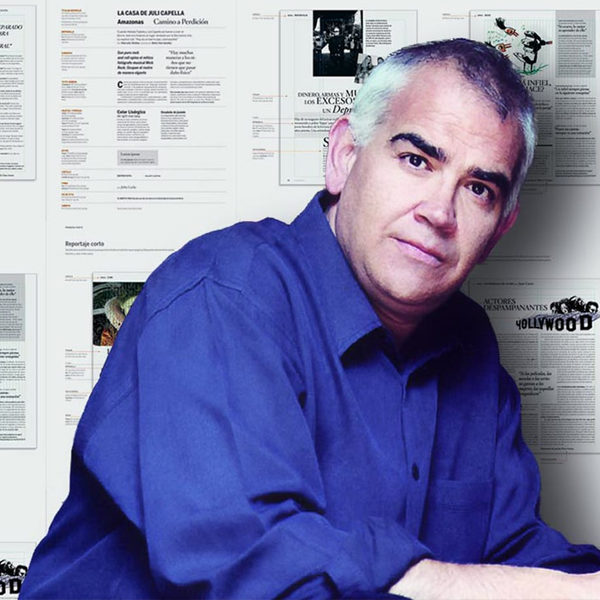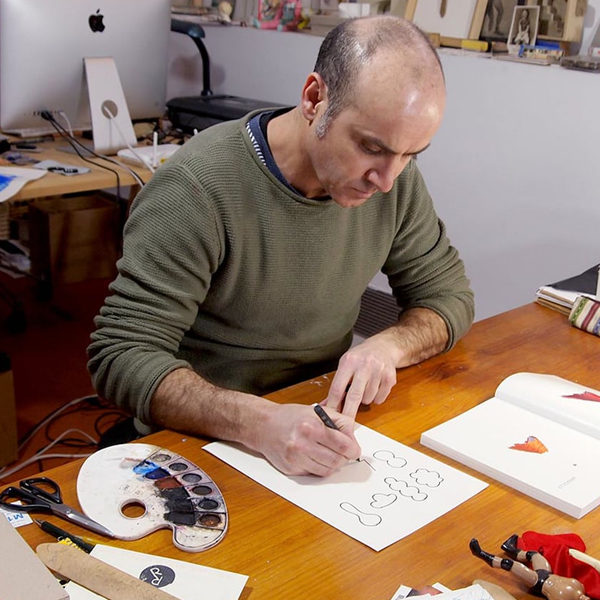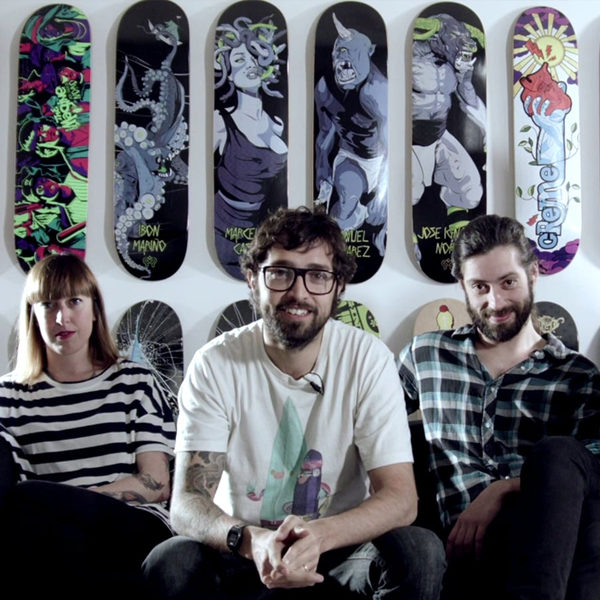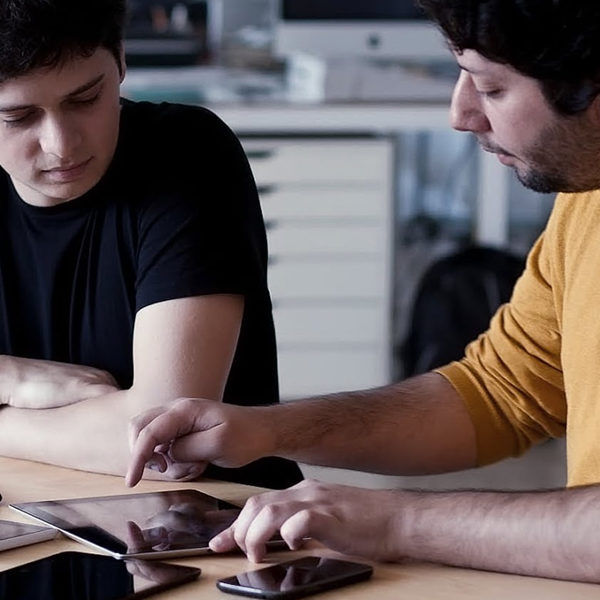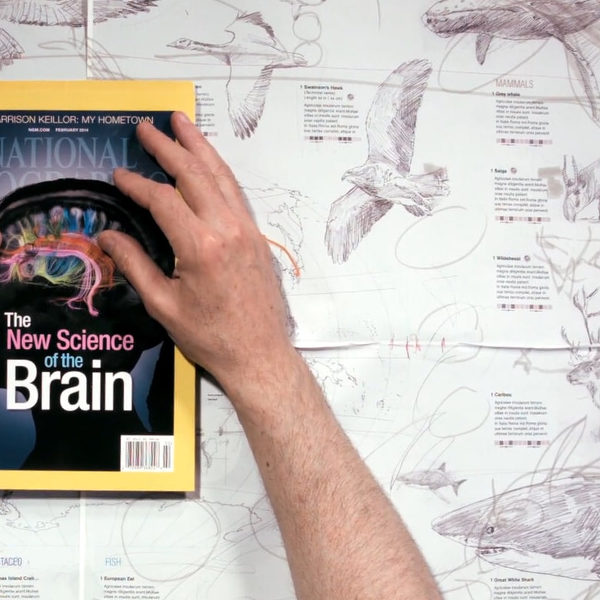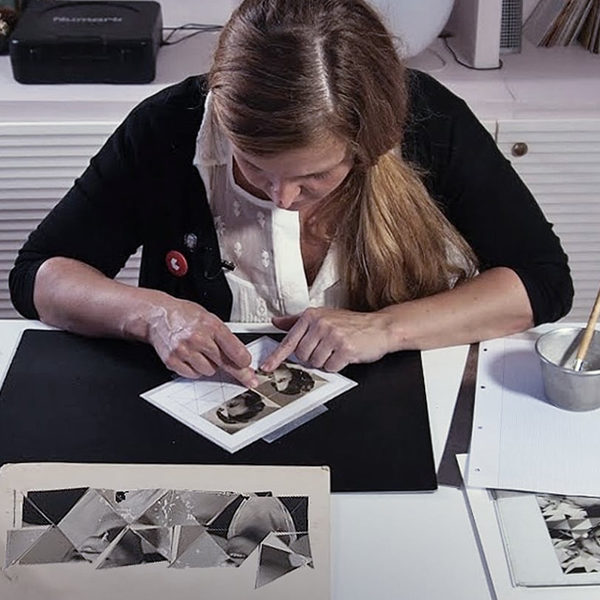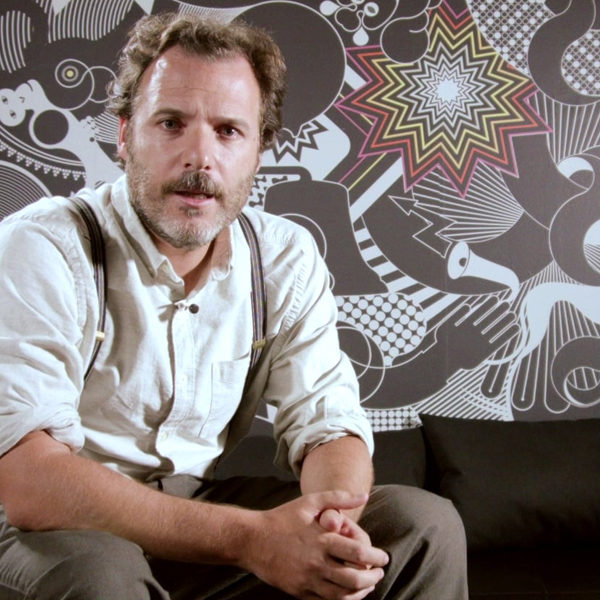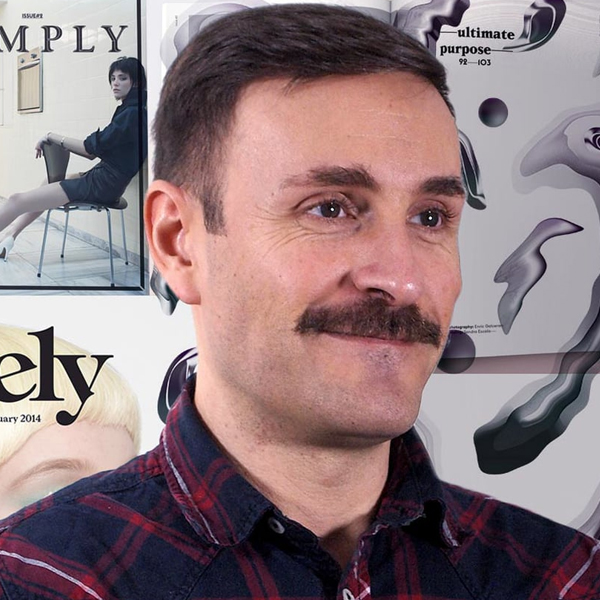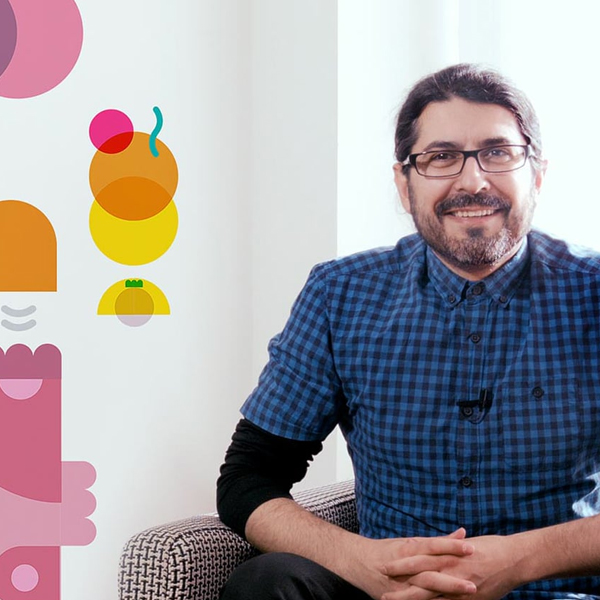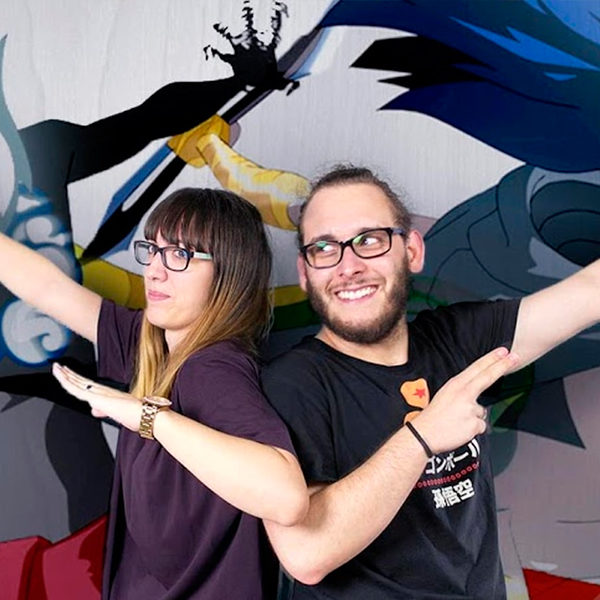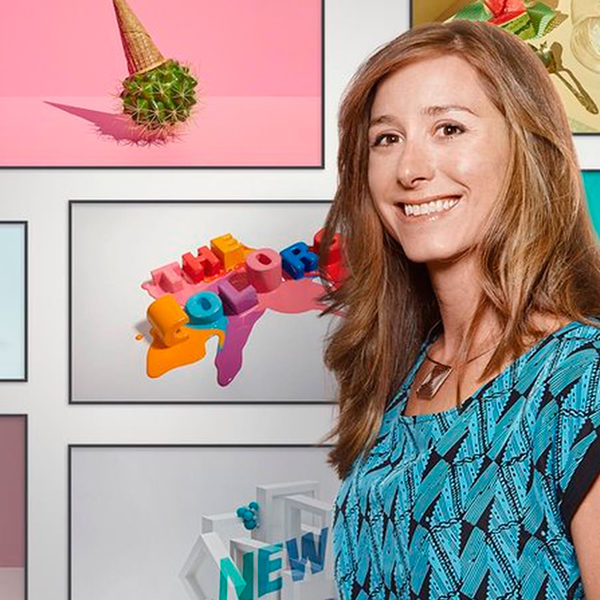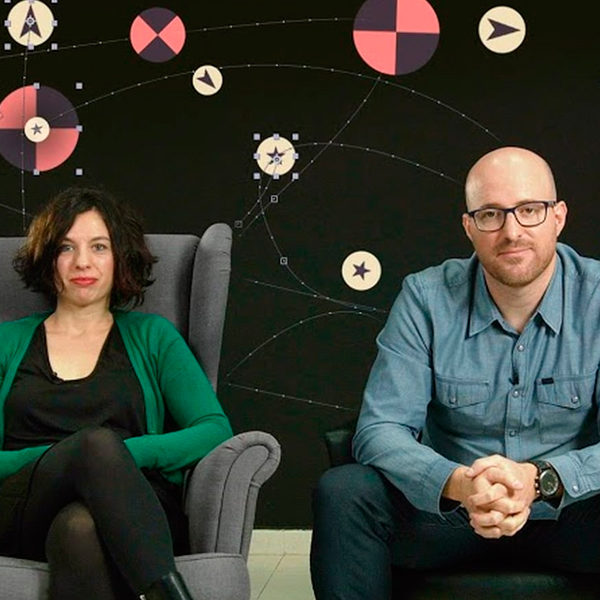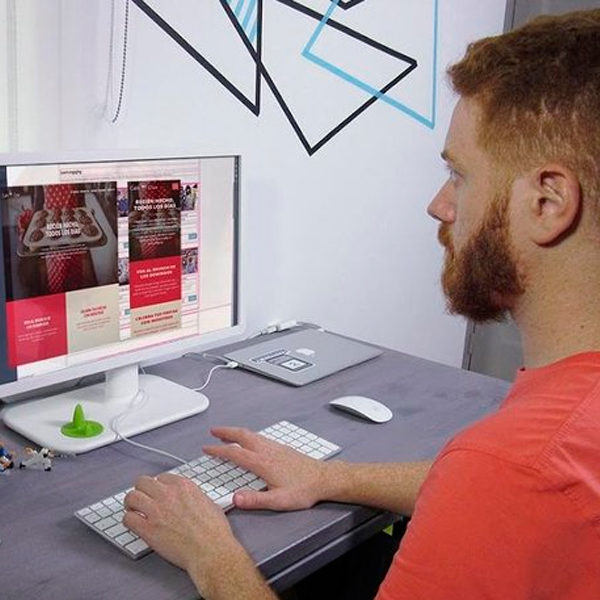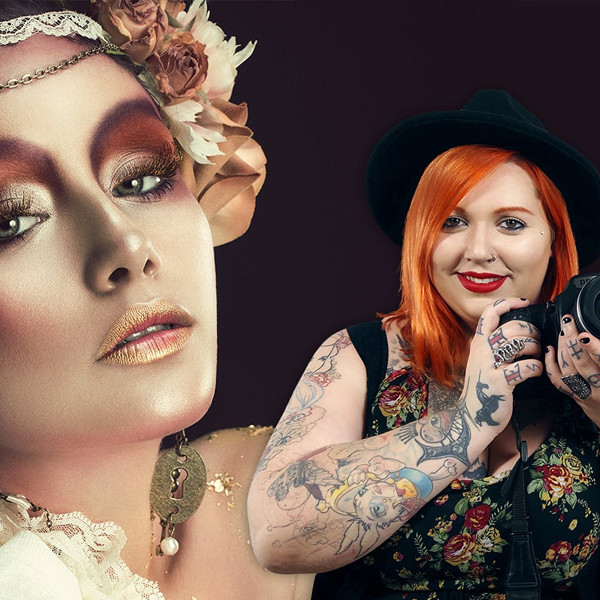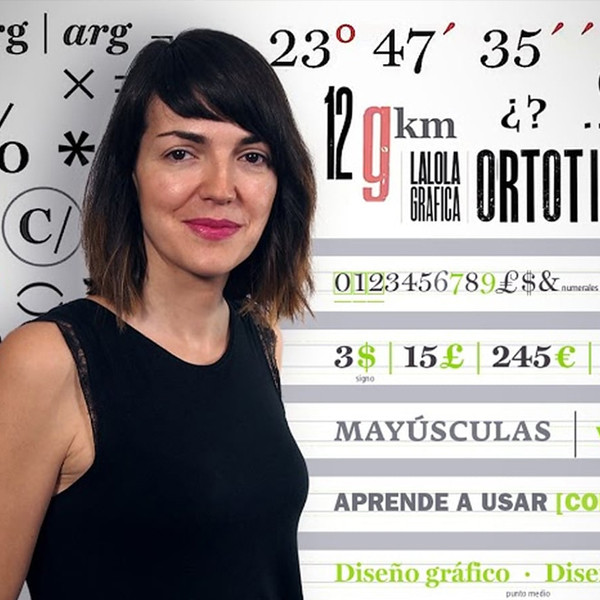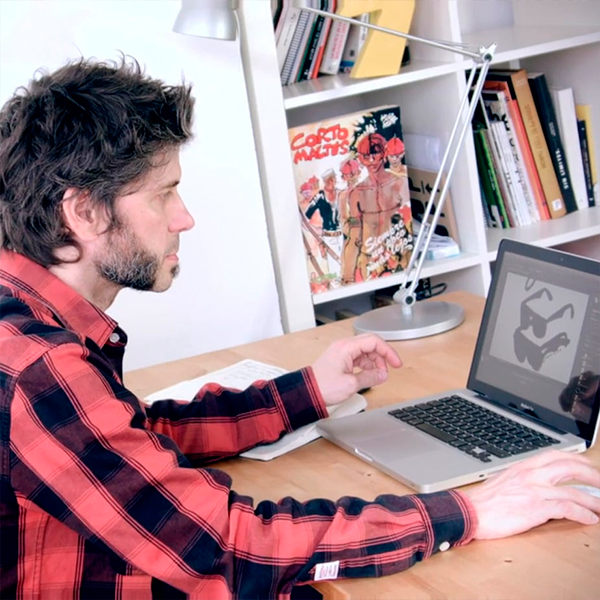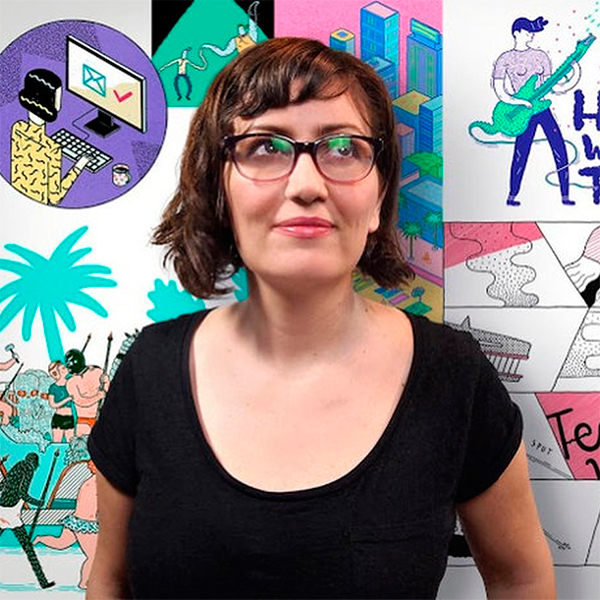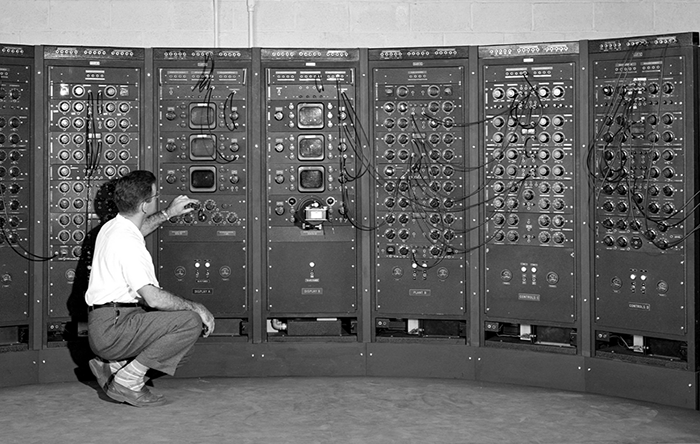100% Nacho Díaz. Entrevista a Naolito (Volumen. I)
No vamos a esconder que el Sr. Sleepless y Naolito son amigos, ni que las entrevistas más golosas que se han hecho a este creador, al que no le gusta mostrarse en público, han sido en este blog. Naolito es uno de los artistas más queridos y seguidos del panorama actual. ¡Pasen y vean!
Roald Dahl, novelista inglés, creador de universos formidables y algo perturbadores como el de Charlie y su fábrica de chocolate o el, no menos inquietante, mundo de James y su melocotón gigante, decía que las autobiografías eran libros de personas que escribían sobres su propia vida que, por lo general, estaban llenas de detalles aburridos. Nacho Díaz, Naolito, gaditano, 31 años, ilustrador e «influencer» (entendiendo por influencer a toda persona que cuenta con credibilidad sobre un tema concreto, cuya presencia en redes le ha convertido en un prescriptor muy deseado por las grandes marcas).
Y es que, no nos vamos a engañar, Naolito dentro de la ilustración se ha convertido en un peso pesado, en un referente para muchos jóvenes y no tan jóvenes. Vamos, que la vida de Naolito es de todo, menos aburrida.
(Go down below for the English version)
1. Nacho, ¿quién es Naolito?
Naolito es el nombre tras el que me escondo como ilustrador, completamente por accidente. En tiempos de IRC, teniendo no más de 12-13 años era muy aficionado al modelado 3D (¡aun me encanta!), era el nombre que utilizaba. Mucha gente me pregunta qué significa exactamente Naolito, y me encantaría contar una historia increíble sobre la palabra, pero la verdad es que no recuerdo cómo llegué a ella. Cuando empecé a publicar mis ilustraciones, era la elección lógica, y como nunca pensé que pudiera convertirse en mi profesión, no lo pensé demasiado. Sin embargo, 10 años después, ¡ahí sigue!
«Naolito es el nombre tras el que me escondo como ilustrador, completamente por accidente.»
2. Y ¿quién es Nacho? ¿El monstruo se ha comido al creador o de momento todo está controlado y medido?
Durante muchos años me he escondido detrás de Naolito y no he dejado que Nacho apareciera por ningún sitio, pero es algo que estoy cambiando a medida que me voy sintiendo cómodo con el alcance que tiene mi trabajo. La interacción con mis seguidores en redes sociales me ha permitido apreciar la suerte que tengo, y es por ello que poco a poco Nacho va quitando terreno a Naolito. ¡Incluso mi mascota es un Nacho con guacamole!
3. Diez años haciendo el camino andando, dibujando para marcas, luego para tu propia marca y ahora con tiendas físicas. ¿qué tal la vida de joven «entrepreneur»? ¿Sientes que estás donde querías estar?
Mentiría si dijera que tenía un plan desde un principio, mi situación actual ni me la imaginaba, ni soñaba con ella.
En un principio mi trabajo consistía en adaptarme a las circunstancias del mercado y de cada momento. Cuando empiezas sientes una falta de libertad autoimpuesta, o así era en mi caso, que te hace intentar adaptarte a las tendencias de concursos y clientes. Pero cuando te sales de esas tendencias, es cuando empiezas a conseguir cosas importantes.
Seguir tendencias quiere decir que siempre vas a ir por detrás de ellas, y que vas a atacar al mismo objetivo que todo el mundo. Es por ello que no participo en #inktober y movimientos similares, es fácil perderte en la masa. Además cuando ese tipo de movimientos están en marcha el público está saturado de ese tipo de contenido, por lo que es una gran oportunidad para ofrecer algo diferente. No quiere decir que tengas que reinventar la rueda cada vez, pero sí dar razones a tu público para seguirte a ti y no a otro ilustrador. Incluso cuando haces algo que funciona, y creas tu propia tendencia, no puedes estancarte ahí, tienes que tratar de crear algo nuevo. Es mejor dejar con ganas, que saturar.
«En un principio mi trabajo consistía en adaptarme a las circunstancias del mercado y de cada momento.»
Ser emprendedor es una herramienta para mi, una necesidad, no un fin, así puedo mantener esta libertad de cara a hacer lo que quiera en cada momento. Llevo 10 años dedicándome a esto en internet, sé lo cambiante que es, he visto la ‘muerte’ de Facebook y llegará la de Instagram, tener tiendas físicas y puntos de ventas es una forma de asegurar que en el próximo cambio no dependeré (tanto) de una red social que de un día para otro puede decidir no mostrar mi contenido.
«Seguir tendencias quiere decir que siempre vas a ir por detrás de ellas, y que vas a atacar al mismo objetivo que todo el mundo.»
4. Uno cuando ve tu trabajo es fácil que piense, ¡joder, qué cabrón! ¡Qué idea más buena! ¿Dónde nace el universo de tus ilustraciones?
Empecé en el mundillo del diseño para camisetas, donde hay gente realmente buena que me ayudaron mucho a dar los primeros pasos. Con los años creo que he ido encontrando un estilo muy particular, con ideas a veces un poco retorcidas pero siempre con un aspecto tierno (muchas veces piensan que soy una chica) que creo que es muy identificable.
5. Hace un par de años llevaste a cabo un crowdfunding que nos interesó mucho a nosotros y a cientos de miles de personas, “Villains need love” ¿Qué buscabas con ese proyecto y qué conseguiste? Porque aquello superó cualquier expectativa habida y por haber.
Hasta este momento, aunque tenía mi propia tienda online, no tenía experiencia con la gestión de producto directamente por mí. Mi tienda online estaba basada en el dropshipping, que es un método en el que tú recibes el pedido, el sistema conecta automáticamente con el fabricante y ellos fabrican y envían el producto. Sabía que quería dar un paso más y tener más control sobre mi producto, y para eso el crowdfunding es una gran herramienta ya que eliminas todo el riesgo, pero como todo, el crowdfunding tiene sus particularidades, sea un producto tecnológico o un libro, necesitas una idea rompedora para triunfar. 
Después de juguetear con varias ideas, llegué al concepto de Villains Need Love, que se basaba en la idea de que los villanos son villanos porque no han tenido un poco de cariño cuando lo necesitaban, me pareció una idea bonita y que además conectó muy bien y fue muy viral, por lo que me puse a dibujar como un loco hasta llegar a los 56 villanos que van incluidos en el libro (¡más los que quedaron fuera!).
Fue una experiencia genial ya que mi trabajo suele basarse en conceptos individuales, por lo que a veces si no tengo una idea potente es un límite para sentarme a dibujar. Con los Villanos, al ser un concepto serializable pude dibujar más horas de las que había dibujado en mucho tiempo, y creo que también fue un gran ejercicio para mejorar.
6. Se quedaron muchos villanos sin abrazo. ¿Habrá segunda parte?
Es algo que me piden bastante. Como comentaba anteriormente, estancarse es algo peligroso. Cuando terminé la serie de Villains need love, el paso lógico habría sido hacer el volumen 2, pero inicié otra serie que también funcionó muy bien, «before and after», que a final de año llegará a las librerías de muchos países, ya que en esta ocasión lo publicaré con una editorial. Los villanos fueron una gran herramienta para darme a conocer, ya que los personajes ya son conocidos previamente y te abren a un público que de otra forma no llegarías, pero trabajar con tus propios personajes te abre otro tipo de puertas. Hacer un segundo volumen de Villains Need Love, aunque me encantaría y puede que lo haga, no es el paso natural dado el enfoque actual de Naolito.
7. Nos consta que eres photoshopero a muerte ¿Ha cambiado mucho tu flujo de trabajo? Nuevo software, hardware, nuevas manías, vicios superados…
Cuando empezaba trabajaba a medias entre illustrator y photoshop, pero desde hace muchos años no me he movido apenas de photoshop, ya que me permite dar un acabado un poco más imperfecto que creo que hace me mis personajes se sientan más vivos, alejado de la frialdad que transmite casi todo lo que se hace en illustrator. Ahora mismo mi equipo consiste en un iPad para mis ratos muertos, y cuando quiero trabajar más en serio, Pc + wacom cintiq 13 PRO + monitor Benq PD3200U.
8. Decía el gran Claude Monet que el color era su obsesión, su alegría y su tormento. ¿Te pasa lo mismo como ilustrador? ¿Cómo resuelves ese gran mal del artista gráfico?
Además de la línea, una faceta muy importante para que mis personajes transmitan es el color. Mi línea generalmente es muy simple, y la complemento con un color algo más elaborado con pequeñas sutilezas y para mi siempre ha sido una gran frustración, ya que trabajo en una wacom cintiq 13 pro (anteriormente usaba una cintiq 24hd), y aunque su tecnología de lápices es genial, los paneles que usan para sus pantallas dejan mucho que desear. Desde que añadí a mi equipo el Monitor Benq este problema ha quedado resuelto ya que tiene un perfil de color 100% sRGB por lo que en todo momento tengo control sobre lo que estoy haciendo. Además al ser 4k, me sobra espacio para tener abiertas mis referencias de color permanentemente, lo cual agiliza bastante mi workflow. Y la verdad es que ha solucionado problemas que no sabía ni que tenía.
«Además de la línea, una faceta muy importante para que mis personajes transmitan es el color»
Desde hace poco creo que he encontrado el equilibrio perfecto, aunque sigo dibujando en la cintiq, he añadido un segundo monitor Benq PD3200U de 32 pulgadas que viene calibrado de fábrica y que posee varios modos de diseño adaptados a cualquier diseñador. Así puedo para verificar el color en todo momento, referencias, etc. que me permiten tener otra confianza sin miedo a llevarme un susto con el color cuando llega la hora de publicar o imprimir. Además, al tener el modo dual view, puedo trabajar simultáneamente en diferentes modos de color e ir alternando entre ellos con el hotkey puck para tener claro en todo momento cómo se van a ver en redes sociales, impresos, etc. Me he llevado bastantes sustos después de horas de trabajo al cambiar de espacio de color.
Hasta aquí la primera parte de nuestra entrevista con un grande, la segunda llegará pronto pero, si eres un ansia viva como nosotros, siempre puedes ver el post que le hicimos a Naolito sobre sus villanos, sobre su vida como ilustrador o sobre sus comienzos. Igual se nos empieza a notar demasiado que somos muy fans del trabajo de este ilustrador, ¿no?
100% Nacho Díaz. An interview with Naolito (Vol.I)
Roald Dahl, British novelist and creator of formidable and a bit disturbing universes like Charlie and his Chocolate Factory and the no less troubling world of James and his giant peach, used to say that autobiographies were books of people talking about their own lives that usually were filled with boring details. Nacho Díaz, AKA Naolito, from Cadiz, 31 years old, illustrator and «influencer». Understanding by influencer every person who has credibility about a certain topic and whose presence in social media has turned him into a prescriber very wanted by brands. And let us no deceive ourselves, Naolito has become within the illustration world a heavyweight and a benchmark amongst young and not that young designers. To sum it up, Naolito’s life can be anything but boring.
Naolito is the name behind I hide myself as an illustrator completely by accident.
1. Nacho, who is Naolito?
Naolito is the name behind I hide myself as an illustrator completely by accident. In times of IRC at the age of 12 or 13 I was very fund of 3D modelling (I still am!) and it was the name I used to use. Lots of people ask me what exactly Naolito means and I would love to tell an incredible history about the word but to be honest, I can’t remember how I came up with it. When I started publishing my illustrations it was the most logical choice and I didn’t gave it another thought. Nevertheless, here it is still 10 years later!
2. And, who is Nacho? Has the monster eaten up the creator or is it everything under control by now?
For many years I have hidden myself behind Naolito and haven’t let Nacho come out anywhere but it is something I am changing over time with me feeling more comfortable with the scope my work is reaching. The interaction with my followers on social media has allowed me to appreciate how lucky I am and it is because of this that Nacho is taking over. ¡Even my pet is a Nacho with guacamole!
3. 10 years walking the walk, drawing for other brands, later for your own one and now with brick and mortar stores, how is life as a young entrepreneur? Do you feel like you are where you wanted to be?
I’d be lying if I said I had a plan from the beginning, not even in my wildest dream could I have imagined my current situation but hey, I’m not complaining!
At first, my work was all about adapting the market circumstances. When you are just starting, you feel that kind of self-imposed lack of freedom (at least in my case it was last that) that makes you try to adapt to clients and contests trends. But once you get out of all those trends is when you start getting important things.
Following up every trend means always being one step behind them and being running after the same goal asa everybody else. That is why I don’t take partake in #inktober and similar movements, it is easy to get lost in the crowd and more so with a public already saturated with this kind of movements it is a great opportunity to offer something different. I don’t mean you have to reinvent the wheel every time but you do have to give your target a reason to follow you. Even when you are doing something that is working and you have come up with your own trend, you cannot get stuck there, you have to try to create something new. It is always better leave your audience wanting more than saturated.
«At first, my work was all about adapting the market circumstances»
To be an entrepreneur is a means to an end and not an end in itself, thereby I can keep that freedom to do whatever I want at every moment. I have being 10 years dedicating myself to this on the internet and I know how changing it is, I have witnessed the «death» of Facebook and that will happen to Instagram too so having physical stores and other retailers is a way to ensure that the next change won’t rely as much upon a social media platform that from one day to another may decide not to show my content anymore.
4. When someone sees your work is easy to think, «fuck me! What a great idea!» Where is the universe for your illustrations born?
I started in the world of t-shirts design where there is really talented talented people that helped me taking my first steps. Over time, I think I have found a very particular style with ideas that sometimes may seem a bit twisted but with a tender side (most of the time people think I’m a girl) and I believe that is very recognizable.
5. A couple of years ago, you started a crowdfunding that caught ours and hundreds of thousands people’s attention, “Villains need love”. What were you looking for with that project and what did you achieve? Because it did exceed all expectations.
Up to that moment, even though I had my own online shop, I had no experience in product management. My online shop was based on drop-shipping which is a method in which you receive the order, the system connects automatically with the manufacturer and they produce and deliver the product. I knew I wanted to take a step further to have more control over my product and crowdfunding is a great tool for that since it eliminates all risk but it is gold everything that shines, wether is a technological product or a book, crowdfunding has its intricacies and you need a groundbreaking idea to success.
After toying with several ideas, I got to the concept of Villains Need Love, which is based on the idea that villains are villains because they have not had love when they needed it, I thought it was a nice idea and it went viral as well so I put myself to drawing like a mad person until I reached the 56 villains included in my book (and those that didn’t make the cut!).
It was a great experience, since my work is usually based on individual concepts, not having a powerful idea is a limit to seat down and draw. With the Villains, being a the concept of a set I was able to draw for a longer period of time than I used to and I thing that was a great exercise to improve.
6. Did a lot of Villains end up without a hug? Will it be a second part?
It is something people have been asking for quite a lot. As I was saying before, getting stuck is something dangerous. When I finished the Villains Need Love series, the logic step would have been making the second book but instead I started other series that worked very well too «before and after» that will get to many bookshops around the world by the end of the year because I will publish it with a publisher this time. The villains were a great way to promote myself since the characters are well known and that opens yourself to a target you would not reach otherwise but working with your own characters opens another kind of doors for you. Even though I would love to make a second part of Villains Need Love (and I might do it) it is not the natural step for Naolito’s current approach.
7. We know you are a Photoshop lover to your very core but, has your workflow changed a lot? Any new software, hardware, pet peeves, bad habits…?
When I started, I used to work between Illustrator and Photoshop but, for a very long time I have barely moved from Photoshop since it allows me to give my a more imperfect finish that I believe makes my characters feel more alive distant from the coldness that almost every made with Illustrator transmit. Right now my equipment consists of an Ipad for all of those empty moments and a Pc + Wacom Cintiq 13 PRO + Benq PD3200U screen for when I want to work more seriously.
8. The great Claude Monet usted to say that color was his obsession, his joy and his torment, does that happen to you too as an illustrator? How do you solve the great evil of the graphic artist?
Besides the line, a very important aspect to make my characters communicate is color. My line is usually very simple and I supplement it with a more elaborate color with subtle differences and that has always being a big frustration for me since I work with a wacom Cintiq 13 pro and, even though its pencils technology is great, the panels used for its screens leave much to be desired. Ever since I added to my equipment the Benq Screen this problem has been solved with its 100% sRGB color profile with which I have control over everything I am doing at every moment. Furthermore, it being a 4k leaves me a tone of open space to leave permanently open all of my color references making significantly faster my workflow. And truth be told, it has solved problems I didn’t even know I had.
Besides the line, a very important aspect to make my characters communicate is color
Most recently, I think I have found the perfect balance, even though I sill draw with the Cintiq, I have added a second screen, the 32 inches Benq PD3200U that I can use to verify color and references at any moment that gives me more confidence without worrying about the colors when the time to publish or print or comes. Furthermore, with the dual view I can work simultaneously with different color modes and switch between them with the hotkey puck to make sure how is going to look like on social media, on print, etc. I have had quite a lot shocks after hours of work when changing the color space.
Well, «That’s all folks» for now because the second part of the interview will be published soon. In case you are like us and the waiting is killing you, you can always go and check our posts about Naolito and his villains or the one about his life as an illustrator. We think is getting harder and harder for us to hide how much we love this guy’s work, isn’t it?








